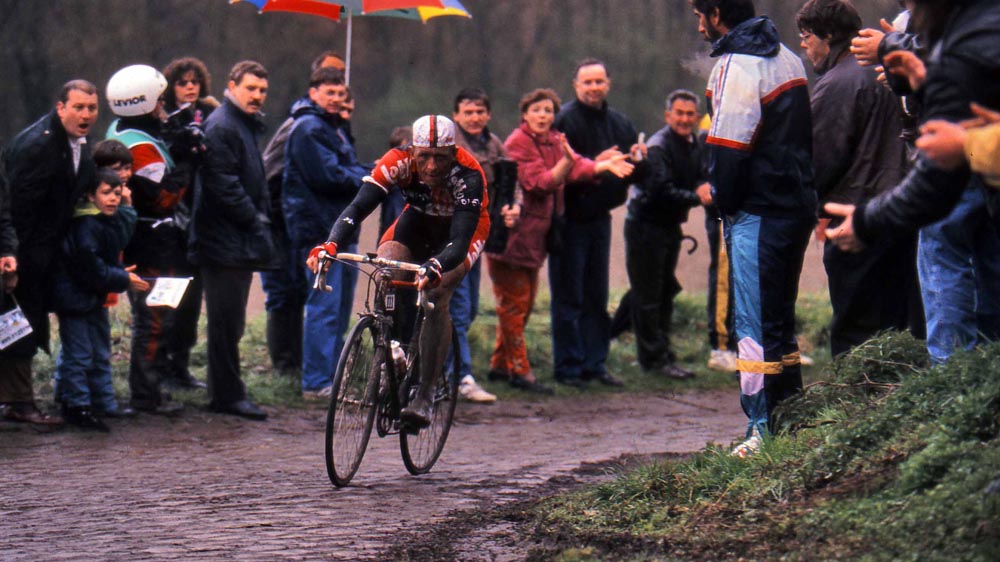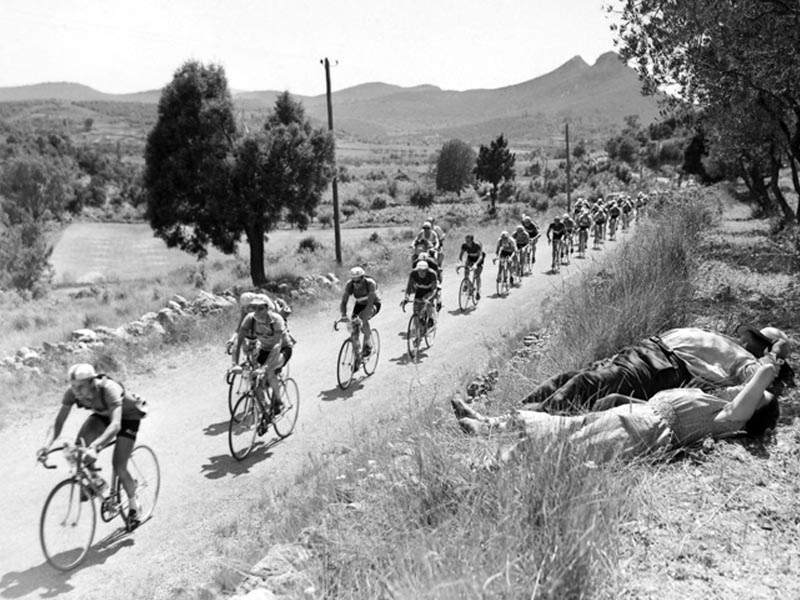Picture yourself cruising down a quiet backroad, tires humming over loose gravel, with open landscapes stretching ahead. This is the essence of gravel biking. A sport that blends freedom, adventure, and the thrill of mixed terrains.
The gravel bike history we celebrate today traces back to early cyclists braving unpaved paths out of necessity, evolving into a global movement that redefines cycling.
From rugged beginnings to high-tech bikes, this guide explores how gravel biking became a US favorite and why it’s here to stay, offering insights for riders ready to hit the trails.
The Unpaved Past: When Gravel Wasn’t a Choice
In the early 1900s, paved roads were rare. Most cycling routes in Europe and North America consisted of dirt, gravel, or cobblestones. Cyclists had no choice but to ride what we now call “gravel.”
Races like the Paris–Roubaix—first held in 1896—were notorious for their brutal, uneven terrain.
Known as the “Hell of the North,” it challenged riders with cobbled sectors that broke wheels and spirits. These weren’t specialty gravel events—they were simply bike races on the roads of the time.
Long before the term “gravel riding” existed, cyclists were battling the elements and the roads alike. Gravel riding wasn’t a trend. It was the standard.
Modern Gravel Biking History Takes Root

Fast forward nearly a century, and the spirit of gravel biking began to re-emerge, not out of necessity, but from a renewed sense of curiosity, challenge, and adventure. This spirit ignited prominently in the early 1990s with the creation of pioneering events across North America.
A prime example is the Paris to Ancaster Bike Race, established in Ontario, Canada, in 1994. While outside the immediate US context, its influence resonated widely among American cyclists.
This event intentionally drew inspiration from Europe’s toughest classics but deliberately blended diverse terrains: tarmac, gravel, mud, and even farm fields.
It was chaotic, unpredictable, and instantly popular, capturing a forgotten truth: cycling doesn’t need to be polished to be beautiful. This marked a significant turn in gravel biking history, signaling a shift towards embracing mixed-surface challenges.
Similarly, in the United States, riders began to seek out unpaved roads for exploration and challenge. Events like the Trans Iowa gravel race, first run in 2005, became a beacon for ultra-endurance cyclists drawn to vast, desolate gravel roads.
These early events, often organized by passionate local communities, fostered a unique culture that valued grit, self-reliance, and camaraderie over traditional racing rules.
The Birth of the Modern Gravel Bike

As more cyclists looked to ride beyond pavement, traditional bikes began to fall short. Road bikes lacked clearance and control; mountain bikes were too heavy for long distances.
The solution? A new type of bicycle. Enter the modern gravel bike—a purpose-built machine designed to handle a variety of surfaces with speed, comfort, and confidence.
Key innovations included:
- Longer wheelbases and slacker geometry for stability on uneven roads.
- Wider tire clearance, often accommodating 38mm to 50mm tires, many of them tubeless-ready.
- Mounts for racks, bags, and extra bottles, perfect for bikepacking and endurance riding.
Gravel bikes gave riders the freedom to explore without limits. Brands like Polygon embraced the movement, building bikes like the Polygon Bend series—gravel-ready machines that balanced comfort and capability.
Gravel Culture: A Community of Adventure
Gravel biking has evolved into a lifestyle, surpassing the boundaries of just a sport. Unlike road cycling’s focus on speed or mountain biking’s technical demands, gravel biking celebrates exploration and camaraderie.
Events like Unbound Gravel in Kansas, which grew from a small 2006 race into a global phenomenon, draw thousands of riders, from pros to weekend warriors.
These events embody the gravel spirit: no pressure to win, just a shared love for the open road and unpredictable paths.
In the US, gravel biking thrives in places like Colorado’s high-altitude trails, California’s coastal routes, and Midwest backroads. The community welcomes all, with no judgment over gear or pace.
It’s about the journey—dusty tires, epic views, and stories swapped over post-ride drinks. This inclusive vibe has fueled gravel biking’s rise, making it a cornerstone of modern cycling culture.
Read also
- 5 Fun Gravel Bike Hacks for an Adventure
- 5 Gravel Bike Speed Tips On Road
- Gravel Biking Struggle & Tips to Overcome
The Future of Gravel Biking
Gravel bike history is a full-circle journey—from necessity-driven rides on dirt paths to a celebrated global movement. As cities expand and cycling infrastructure grows, gravel biking’s appeal lies in its freedom to explore beyond paved roads.
New races, innovative bike designs, and a passionate community ensure the sport will keep evolving. Yet, its core remains unchanged: the thrill of discovery, the crunch of gravel under tires, and the joy of riding where the path leads.
Join the Gravel Biking Revolution
Gravel biking’s rich history invites US riders to embrace the adventure, whether you’re exploring Colorado’s backroads or tackling a local gravel trail. With a gravel bike built for mixed terrains, you’re ready to create your own story.
Check out Polygon’s gravel bike lineup, designed for durability and performance, and hit the trails to experience the freedom of gravel biking. Visit a local bike shop, find your perfect ride, and start your journey today!












